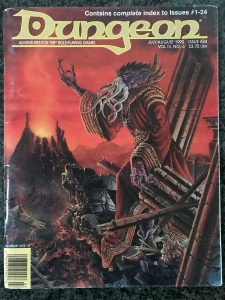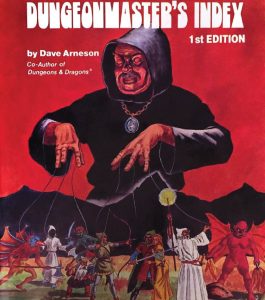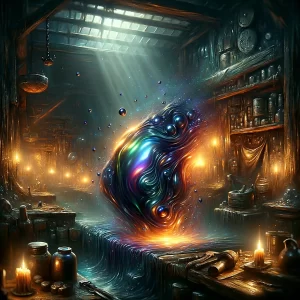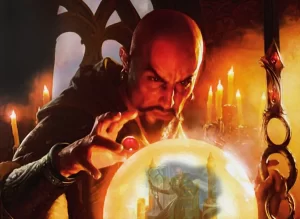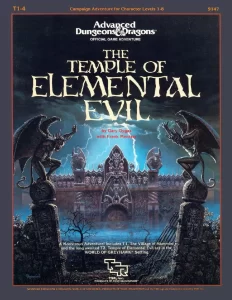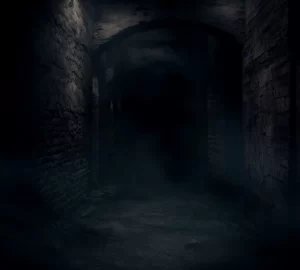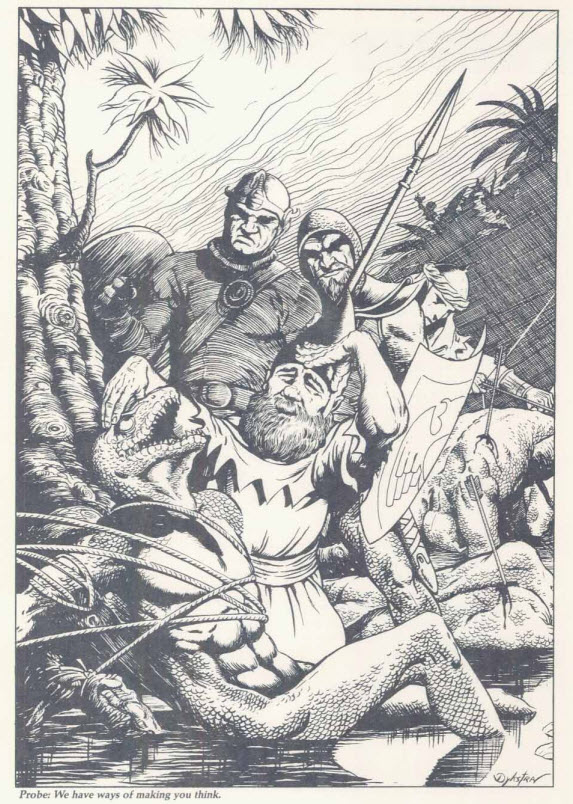
Advanced Dungeons & Dragons Second Edition (AD&D 2e) introduced a comprehensive psionics system that expanded significantly on the framework laid out in the first edition. Psionics were no longer a hidden or optional aspect but a fully fleshed-out feature thanks to The Complete Psionics Handbook published by TSR. This book provided players and Dungeon Masters with a detailed look at psionics, transforming them from a rare character bonus into a complex subsystem of their own. The Complete Psionics Handbook opened up a new avenue of play, allowing characters to harness mental powers akin to spellcasting, yet fundamentally different in execution and flavor. The psionics system in 2e revolved around psionicists, a new character class dedicated entirely to the use of psionic abilities, and wild talents, which could manifest in any character through specific circumstances.
Psionicists in AD&D 2e were unique in that their powers stemmed from their own minds rather than deities or external forces. This made them distinct from spellcasters like wizards and clerics. The system emphasized individuality and creativity, with psionicists being able to select powers from six disciplines: Psychokinesis, Psychometabolism, Telepathy, Clairsentience, Psychoportation, and Metapsionics. Each discipline offered a range of abilities that allowed characters to manipulate the world around them in unique and often surprising ways. Powers were divided into major and minor categories, with major powers being more potent but also more costly in terms of power points. Power points functioned as a psionicist's resource pool, akin to a spellcaster's spell slots, but with more flexibility since they could be allocated dynamically across powers. The Complete Psionics Handbook provided a robust system for gaining, using, and managing these powers, complete with rules for success rolls, resistances, and interactions with magic.
The transition from AD&D 1e to 2e marked a significant evolution in the treatment of psionics. In 1e, psionics were a somewhat enigmatic and rare feature, often treated as an optional system that only the luckiest characters could access. A character's eligibility for psionics was determined by high ability scores in Intelligence, Wisdom, and Charisma, followed by a percentile roll to determine whether they had psionic abilities at all. If successful, the character gained a limited selection of powers, almost as a bonus feature. The simplicity of this approach meant that psionics in 1e felt more like a fortunate perk than a deliberate choice, and the lack of dedicated mechanics or classes limited their role in gameplay.
In contrast, AD&D 2e turned psionics into a deliberate and structured system with defined rules, classes, and abilities. The introduction of the psionicist class gave players the option to fully embrace psionics as a primary character focus rather than a secondary feature. The shift from randomness to intentional design allowed for greater customization and roleplaying opportunities but also introduced complexity. While 1e psionics required little effort to integrate into a campaign, the 2e system demanded a deeper understanding of its mechanics from both players and Dungeon Masters. This trade-off meant that psionics in 2e felt more rewarding and immersive but required a greater investment of time and effort.
Wild talents added another layer of intrigue to the psionics system. Unlike psionicists, wild talents were not tied to a specific class and could appear in any character who was lucky or daring enough to attempt the process. However, the rules for obtaining wild talents were much less forgiving. Characters wishing to develop wild talents had to meet stringent ability score prerequisites and then succeed in a percentile roll. Failure came with harsh consequences, including permanent reductions to key mental stats such as Intelligence, Wisdom, or Charisma. This high-risk, high-reward mechanic ensured that players carefully considered the decision to pursue psionic abilities. Wild talents, if successfully acquired, granted access to a limited selection of psionic powers, giving non-psionicist characters a taste of these unique abilities while maintaining balance within the game.
The Complete Psionics Handbook also explored the interaction between psionics and other elements of the game. For example, the relationship between psionics and magic was defined as both synergistic and adversarial, with some spells and psionic powers enhancing or counteracting each other. The handbook introduced psionic combat, a subsystem where characters engaged in mental battles using attack and defense modes. This added a strategic dimension to encounters, as psionicists had to carefully choose their approach based on their opponents' strengths and weaknesses. The book also provided guidelines for creating psionically active creatures, expanding the bestiary with monsters capable of challenging even seasoned adventurers.
While The Complete Psionics Handbook added depth and variety to AD&D 2e, it also came with its share of complexities. The subsystem required a higher level of familiarity and bookkeeping compared to traditional character abilities. Dungeon Masters had to balance encounters carefully to avoid overwhelming non-psionic characters while still providing meaningful challenges for psionicists. Despite these challenges, the handbook was a treasure trove for players and DMs who embraced the possibilities of psionics. It enriched the game world with new lore, mechanics, and roleplaying opportunities, cementing its place as a beloved supplement in the AD&D 2e lineup.
